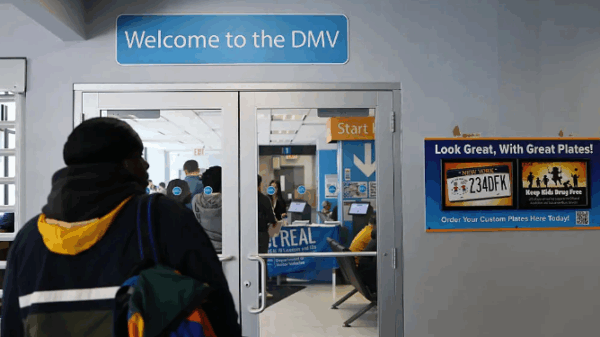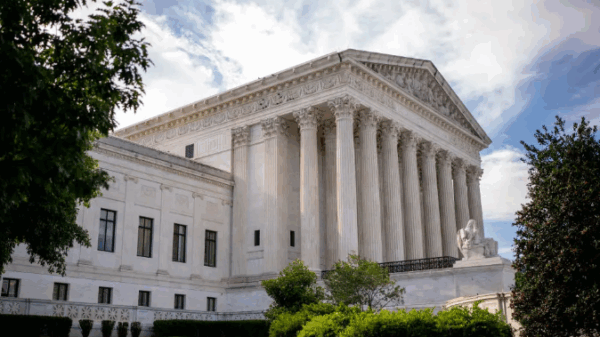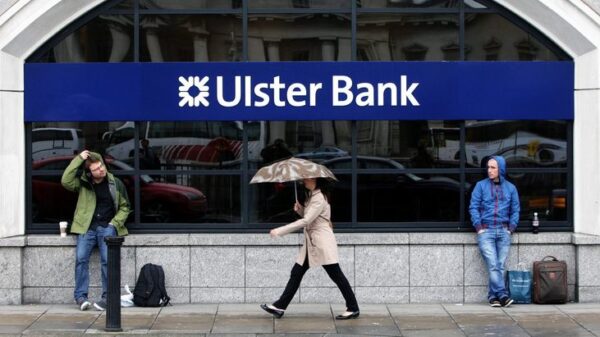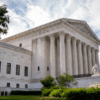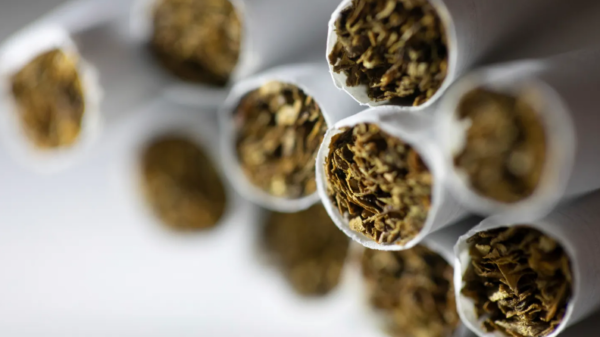Death row inmates in five states are set to face execution within a single week, a rare occurrence that starkly contrasts with the years-long decline in both the implementation and support for the death penalty in the United States. If all scheduled executions proceed as planned, it will mark the first time in over 20 years—since July 2003—that five executions occur within seven days.
According to the nonprofit Death Penalty Information Center, the first execution took place on Friday in South Carolina, with four more scheduled this week across Alabama, Missouri, Oklahoma, and Texas. This series of executions would bring the total number of executions in the U.S. to 1,600 since the death penalty was reinstated by the Supreme Court in 1976. Robin Maher, executive director of the center, noted the unusual nature of such a concentrated series of executions.
“Two on a single day is unusual, and four on two days in the same week is also very unusual,” Maher stated.
Understanding the Anomaly
Experts attribute the scheduling of five executions within one week to a coincidence resulting from individual states setting dates after inmates exhausted their appeals. Eric Berger, a law professor with expertise in the death penalty at the University of Nebraska, remarked, “I’m not aware of any reason other than coincidence.”
Several factors can contribute to a backlog of executions, including a state’s difficulty in obtaining lethal drugs, as seen in South Carolina, or moratoriums due to botched executions, such as in Oklahoma.
Details of the Executions
South Carolina initiated the series with the execution of Freddie Owens on Friday, marking the state’s first execution in 13 years. Owens was convicted for the 1997 murder of a convenience store clerk during a robbery. The state has transitioned to a new execution protocol using a single sedative, pentobarbital.
Alabama is preparing to carry out the nation’s second execution using nitrogen gas, which involves placing a mask over the inmate’s head to force them to inhale pure nitrogen. Alan Miller, sentenced to death for killing three men during workplace shootings in 1999, was previously granted a reprieve in 2022 when officials could not connect an intravenous line for his execution.
On Tuesday, Texas is set to execute Travis Mullis, who has a history of mental illness and was convicted of killing his 3-month-old son in 2008. Mullis’ attorneys have indicated they will not seek to appeal his execution.
In Missouri, Marcellus Williams is scheduled for lethal injection on Tuesday for the 1998 stabbing death of a woman in University City. Williams’ appeals regarding alleged procedural errors were denied by the state’s Supreme Court, with Governor Mike Parson also rejecting his clemency request.
Oklahoma’s Emmanuel Littlejohn is set to receive a lethal injection on Thursday for the 1992 shooting death of a convenience store owner during a robbery. While Littlejohn admits to his involvement in the robbery, he maintains he did not fire the fatal shot. The state’s Pardon and Parole Board recently recommended clemency, but Governor Kevin Stitt has yet to make a decision.
As the week progresses, the nation watches closely as these executions unfold, highlighting the ongoing debate surrounding capital punishment in the United States.

